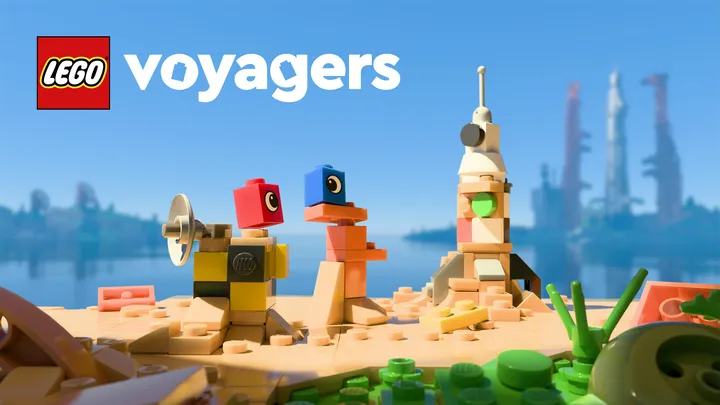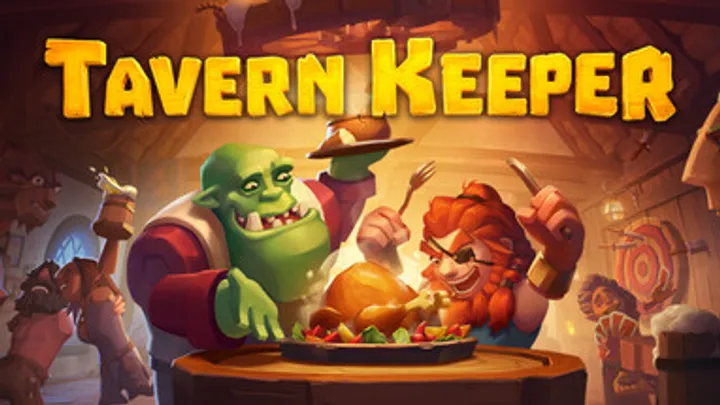
Introduction
Elden Ring, a groundbreaking action role-playing game developed by FromSoftware, has captivated players worldwide since its release. Known for its intricate world design, deep lore, and challenging gameplay, the game has garnered critical acclaim and a passionate fanbase. However, one of its most fascinating and contentious aspects is the notion of player freedom. This article delves deeply into the paradox of player freedom in Elden Ring, exploring how the game's design choices impact player experience, narrative engagement, and combat dynamics.
The Concept of Freedom in Game Design
Understanding Player Freedom
Player freedom in video games refers to the ability of players to approach challenges and navigate the game world in multiple ways. In many titles, this manifests as an open-world structure, allowing for exploration and diverse gameplay styles. Elden Ring takes this concept further, providing an expansive landscape filled with secrets, challenge, and rich lore that players can uncover at their own pace.
Balancing Structure and Freedom
FromSoftware is known for its challenging gameplay and intricate world designs, as seen in the Souls series. However, unlike previous titles, Elden Ring presents a more sandbox-like approach. The designers have meticulously crafted a world with layers of environmental storytelling, hidden paths, and optional bosses, encouraging players to explore and experiment with different builds and strategies.
The Double-Edged Sword
While this freedom can be exhilarating, it also raises questions about player direction and narrative cohesion. For some, the abundance of choices can feel overwhelming, diluting the sense of purpose that is often tightly woven into more linear narratives. Exploring how freedom affects both gameplay and player experience is crucial in understanding the game's impact.
Exploring the Open World: A New Era
The Interconnected Landscape
In Elden Ring, players are presented with a sprawling map that encourages exploration and discovery. Each region offers unique biomes, landscapes, and challenges, compelling players to carve their own path. The interconnectedness of this world is a masterclass in game design, where environmental storytelling unveils layers of lore and history through exploration.
Landmarks and Fast Travel
While the vastness of the world is a hallmark of Elden Ring, it is also complemented by designated landmarks that provide convenient fast travel points. This design choice facilitates exploration without overwhelming players with endless navigation options. However, the balance between travel convenience and the thrill of discovery is a crucial element of the player's journey.
The Challenge of Infinite Choice
While the interconnected landscape enhances player agency, it can also create feelings of indecision. Faced with an array of regions and potential quests, players may feel compelled to explore every nook and cranny, risking overwhelm. What does this mean for the player's journey? The overwhelming sense of choice can lead to choice paralysis, where players find it difficult to commit to a path.
Crafting with Freedom: Build Diversity
Character Customization
Elden Ring offers players a robust character customization system, allowing for various builds that cater to different gameplay styles. From warrior tanks to nimble spellcasters, players can tailor their character to fit their preferred approach to challenges. This build diversity is a testament to the game’s design philosophy, emphasizing player expression.
Experimentation and Adaptation
The freedom to experiment with builds can lead to creative strategies, enabling players to tackle challenges in unique ways. The game encourages players to adapt their tactics based on the enemies they face, leveraging the strengths of their chosen builds to overcome formidable foes. This dynamic fosters a deeper engagement with the game's combat systems, but it also requires a willingness to learn and adapt.
The Pitfalls of Over-Optimization
However, the emphasis on optimization can create a culture of meta-gaming, where players feel pressured to adopt the most efficient builds. This may reduce the enjoyment derived from personal expression, as players feel compelled to follow strict optimization routes. The balance between effective builds and personal creativity becomes a crucial discussion point within the player community.
Combat Dynamics: A Fluid Experience
Engaging Mechanics
Combat in Elden Ring is characterized by its fluidity and depth. Players can execute a variety of attacks, parries, and dodges, each contributing to an engaging combat system. The flexibility of combat mechanics is further enhanced by the introduction of new features, such as the ability to use Spirit Summons, which provide additional layers of strategy during encounters.
Challenge vs. Frustration
While the fluid combat system captivates players, it also introduces a fine line between challenge and frustration. The game’s enemies can be ruthlessly difficult, pushing players to refine their skills. This level of challenge can be rewarding, but it also risks alienating more casual players who may feel overwhelmed. Balancing the thrill of overcoming challenges with accessibility is an ongoing discussion within the community.
The Role of Experience and Mastery
Mastery of the combat system plays a significant role in the player's journey. As players become more adept at dodging attacks and timing their moves, a sense of empowerment arises. The satisfaction of overcoming difficult foes through improved skills fosters a rewarding experience. However, the question remains: does the game's difficulty enhance or detract from player engagement?
Narrative Freedom: Crafting Your Story
An Intricate Lore
Elden Ring is steeped in lore, intricately woven into the environment and characters. The game's narrative unfolds through environmental cues, item descriptions, and NPC interactions. This indirect storytelling invites players to piece together the lore at their own pace, enriching the overall experience.
Choices and Consequences
While the freedom to explore is vast, the game also presents players with moral choices and consequences. NPC quests often have multiple outcomes, allowing players to shape the narrative based on their decisions. However, this flexibility comes with its own challenges, as players may feel an emotional investment in their choices.
The Fragmentation of Narrative
The breadth of choices can lead to a fragmented narrative experience, where not all players engage with the same story beats. This phenomenon raises questions about player investment in the overarching narrative. Is freedom in storytelling beneficial, or does it dilute the overall impact of the story?
Community Responses: The Dichotomy of Freedom
Player Perspectives
Elden Ring's expansive world and player agency have sparked vibrant discussions within the gaming community. Some players celebrate the freedom to forge their own paths, while others critique the overwhelming nature of choices. This dichotomy highlights the diverse player experiences and expectations within the game.
Online Culture and Sharing Strategies
The community often shares strategies and build tips online, creating a culture of adaptation and experimentation. Forums, social media platforms, and streaming services have become arenas for players to discuss their journeys and discoveries. However, this communal aspect can also foster a performance-driven mentality, where players feel compelled to showcase only their most optimized experiences.
The Evolution of Player Freedom
The discourse surrounding Elden Ring contributes to a larger conversation about player freedom in gaming. As developers continue to explore this concept, the lessons learned from Elden Ring will likely influence future titles. Balancing player agency with narrative cohesion remains a complex challenge that developers will navigate.
The Contrast of Casual vs. Hardcore Players
Different Expectations
The level of player freedom in Elden Ring can lead to contrasting expectations between casual and hardcore players. Casual gamers may seek a more structured experience with clear objectives, while hardcore players thrive on the freedom to explore and experiment. This divide complicates the game's design and player engagement.
Adapting to Player Skill Levels
The game offers varying degrees of difficulty and allows players to adapt their strategies based on their skill levels. However, some may feel frustrated by the lack of guidance, especially when facing challenging bosses. Striking a balance between providing challenging content and accessible gameplay is essential for catering to a diverse player base.
Community Strategies and Support
To bridge the gap between casual and hardcore players, the community has developed various support systems, including guides, co-op play, and forums for sharing experiences. By fostering a sense of community, players can find camaraderie and support in navigating the game's complexities.
Conclusion
Elden Ring stands as a testament to the evolving landscape of gaming, where player freedom takes center stage. The game's intricate world, character builds, and combat mechanics create an immersive experience that invites exploration and experimentation. However, this freedom is not without its challenges, as it raises questions about narrative coherence, player engagement, and the balance of difficulty.
As players continue to navigate the rich tapestry of Elden Ring, they must grapple with the paradox of choice—the joy of freedom intertwined with the potential for confusion. Ultimately, the game represents a significant step forward in gaming design, emphasizing the importance of player agency while also challenging developers to thoughtfully consider how that freedom shapes the player experience.

















